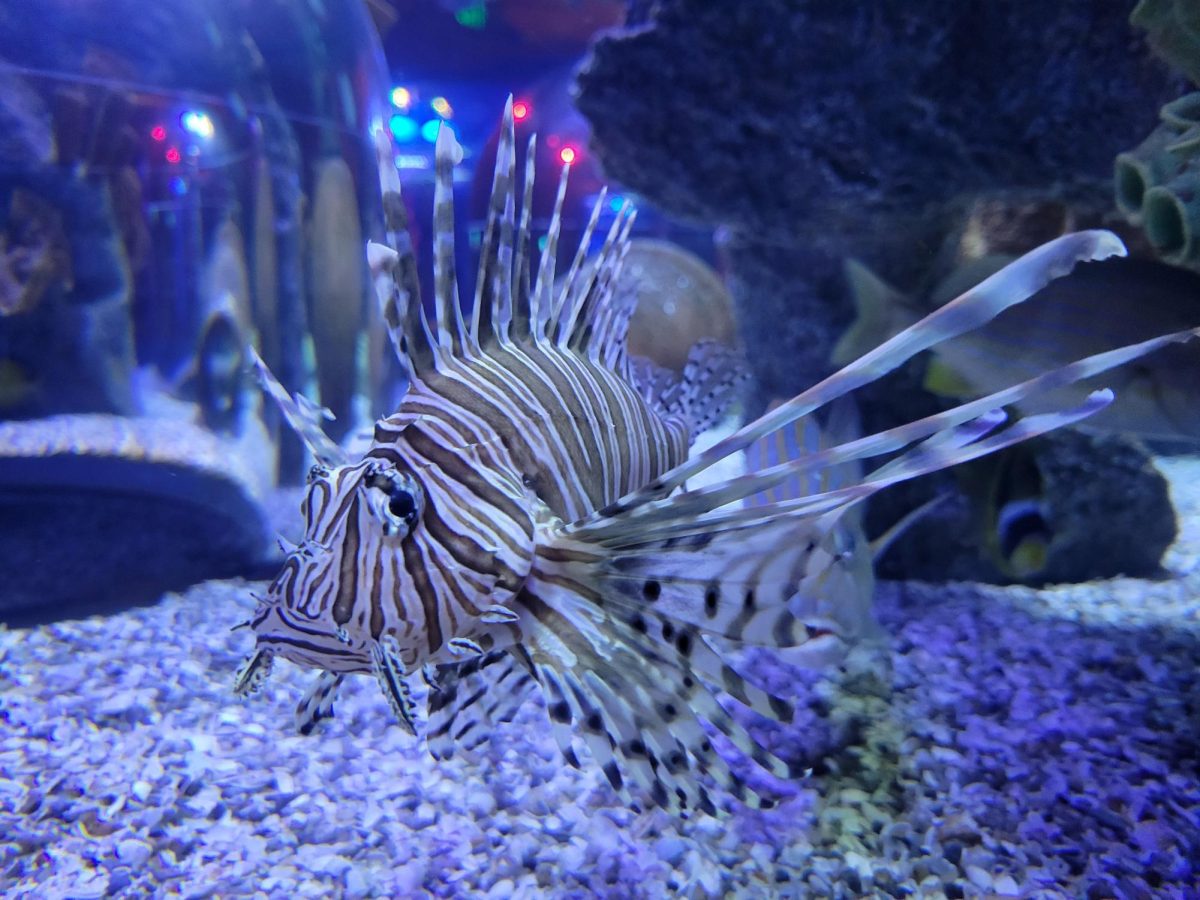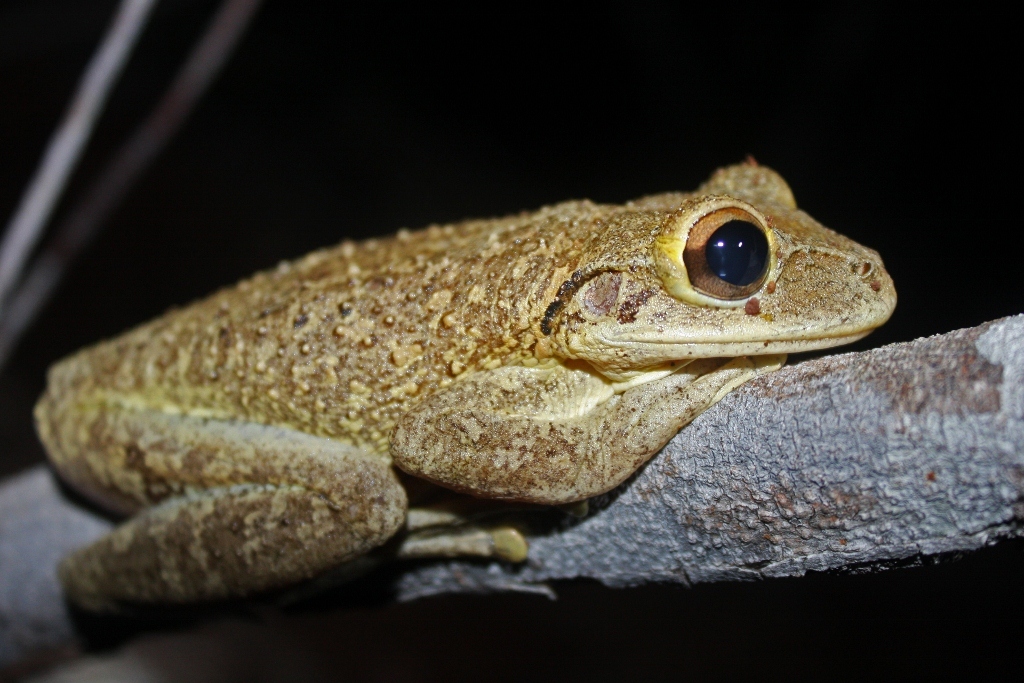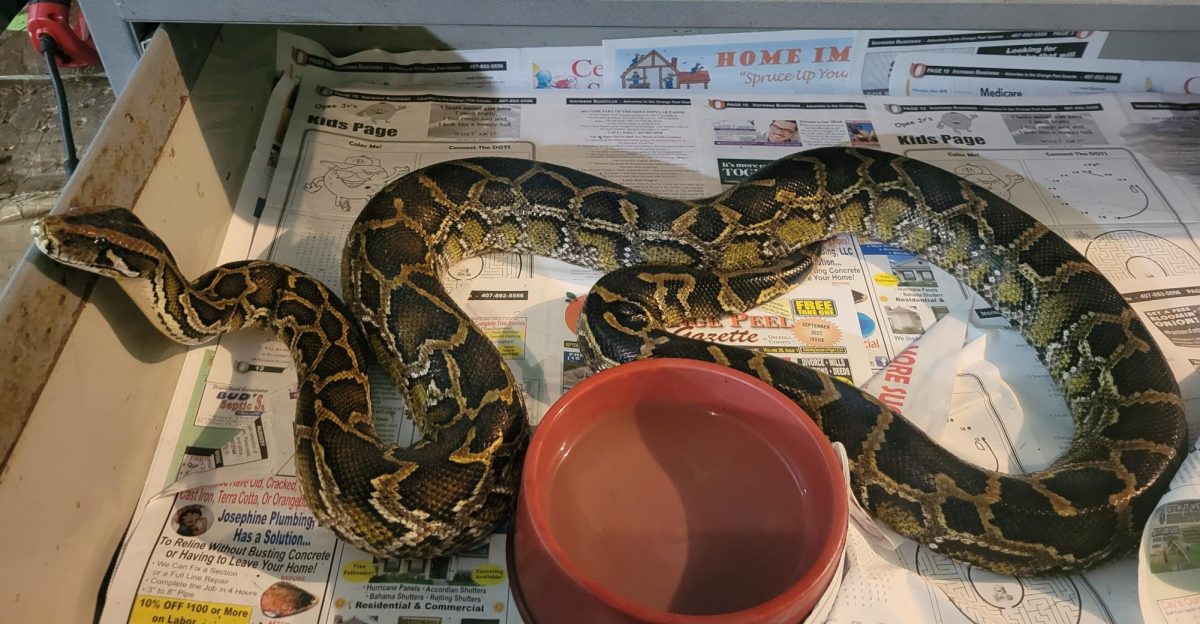
Florida’s ecosystems are under increasing threat from invasive species disrupting the balance of native life. Intervention on state and individual levels is required to protect the state’s biodiversity.From the voracious appetite of Lionfish disrupting marine ecosystems, the explosive growth of non-native Cuban Treefrogs, and the Burmese Python’s chokehold on the Everglades, the state’s natural balance is in jeopardy.
Lionfish
Off the coast of Florida, Lionfish are causing significant ecological concern. Recognized for their unique striped appearance and venomous spines, these saltwater predators are competing for food with native species. According to the Florida Fish and Wildlife Conservation Commission, lionfish can reach
populations of up to 200 fish per acre. Spearfishing charter services like Forever Young Charter Company in Islamorada, Florida, have been encouraging lionfish hunting to cull the species’ growth.
Tony Young, the owner of Forever Young Charter Company, has seen great success in getting tourists and locals alike involved in eradication efforts.
Forever Young offers lionfish spearfishing charters, where customers are supplied with the training and equipment to hunt, kill, and keep as many lionfish as they can catch. Young explains that “Recreational divers actively shooting them underwater is currently the most effective way to get rid of (lionfish). It’s been making a huge impact on the reef ecosystem.” Lionfish hunters not only get to feel good about helping protect Florida’s waterways, they also get to take home a tasty meal. Young describes lionfish as “one of the best eating fish that we have in the Caribbean. It’s a very white, flaky meat, very clean, doesn’t require anything to really make it stand out.”

Cuban Treefrogs
Likely coming to the U.S. through cargo ships in the 1920’s, Cuban Treefrogs high reproductive rates and adaptability have enabled them to outcompete local treefrog species, leading to a decline in native populations.
Valencia College Alumnus Dr. Steven A Johnson is a Professor of Wildlife Ecology at the University of Florida. He is currently involved in initiatives to train locals on Cuban Treefrog biology, identification, and removal. Dr Johnson states, “We’re never going to get rid of Cuban Tree Frogs in Florida, or the Southeast. They’re continuing to expand their range, but I’m trying to make people more aware of it, particularly in places where that we know they’re likely to show up so they can manage them to possibly benefit native tree frogs locally in their yard or their area.”
So how can locals help fight back against Cuban Treefrogs? Dr Johnson explains that anyone who is certain they’ve positively identified a Cuban Treefrog can perform at-home euthanasia by capturing the frog in a plastic bag and placing it in their refrigerator or freezer for a few hours. Perhaps the most infamous invader in the state, the Burmese Python population in south Florida has exploded in the past 20 years.

(Katherine Johnson)
Burmese Python
An apex predator, the Burmese Python wreaks havoc on native species. With no natural predators, the climate and abundant food sources in the Everglades are ideal for the snakes. The U.S. Geological Survey reports that at least 76 different species have been identified in the pythons’ digestive tracts, including birds, small mammals, and even other large predators like the American Alligator.
To fight back against the growing swarm of reptiles the South Florida Water Management District Governing Board has enacted the Python Elimination Program. Launched in 2017, the program incentivizes civilians to take up arms against invasive snakes. In addition to hourly rates of up to $18 per hour, Python Removal Agents receive $50 for every 4-foot python they kill, with opportunities to earn more for larger snakes, and $200 bonuses for each active python nest reported. According to the South Florida Water Management District, 7,330 pythons have been eliminated by removal agents between May of 2017 and May 2023.
Sadly, the program doesn’t seem to be enough to stop or even slow the spread of the species. Johnson says, “The best solution is to learn from what I would call a big mistake with Burmese Pythons and not to let the next quote, ‘Burmese Python’ happen.”
The FWC Exotic Pet Amnesty Program hopes to prevent more invasive creatures from being released into the wild and establishing themselves in the ecosystem. The Pet Amnesty Program encourages pet owners to voluntarily surrender exotic pets they can no longer care for, helping prevent these animals from becoming invasive species themselves.
Public engagement plays a pivotal role in combating invasive species. Dr Gregg Klowden, conservationist and Professor of Invasive Biology at The University of Central Florida says, “We have to understand what our role in invasions are, Because it’s not always obvious… And then also our role in either preventing invasions or reducing the impacts of invasions or potentially even eradicating invasive species.
”It is unlikely that lionfish, Cuban tree frogs, or Burmese pythons will ever be fully eradicated. Klowden states that “Sometimes… we have to accept that we created a problem that now we have to fix, and that could mean having to capture and kill things…”
“While it’s not pretty, and nobody likes it, it’s a problem we’ve created, and it’s only going to get worse if we don’t address it. So, in that sense, we’re all responsible.”






